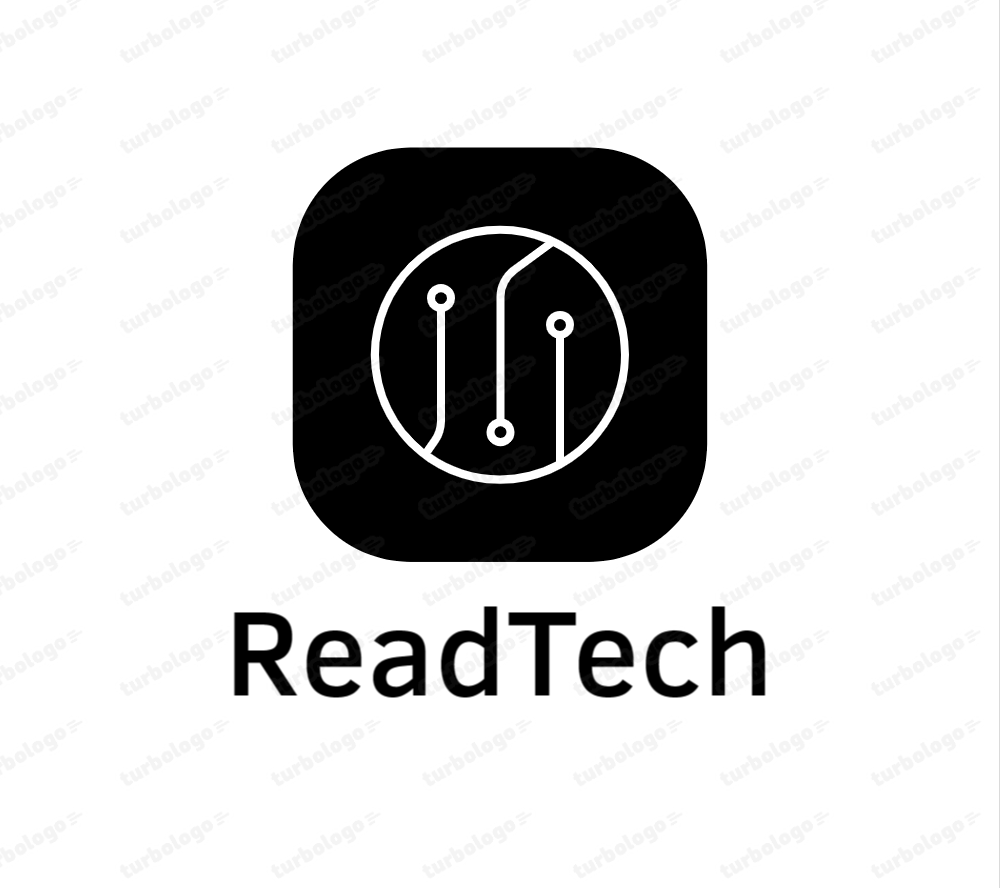I will not explain only the theoretical concepts like in other articles or books, but my main purpose of posts is to explain & share the practical experience that I faced during project executions & implementation. I will write all interview Questions related to OSPF that will be helpful for Fresh & experienced engineers.
Below are the high-level target topics that I will
explain in different parts. First interview Question then explain the summary answer
of all Questions.
- OSPF Packet Types
- OSPF States
- OSPF LSA Types
- Network Types
- Route
Types
- Special
Areas
- OSPF
Header
- Hello
Packet Header
- LSA
Header
- Optional
Bits
- OSPF IPV6
There are so many topics but my target is to cover
those that are mostly asked in interviews & during project practical
implementation.
In OSPF
Part-1 I will cover The OSPF Packet types & States.
OSPF Packet Types & States Interview Questions:
- ·
What is the purpose of the Hello packet?
- ·
Why use a Database Description (DBD) Packet?
- ·
What is LSR & when will send LSR Packet?
- ·
How many LSAs in the Link state update (LSU)?
- ·
Why use the LSA acknowledge packet in OSPF?
- ·
What does it mean if the OSPF Router is in Down state?
- ·
What is meant by init state in OSPF?
- ·
What is the Two-way state in OSPF?
- ·
What is the state of DRother Routers in Broadcast Network
of OSPF?
- ·
What is exstart state in OSPF?
- ·
Master & slave selection are in which state of
OSPF?
- ·
What are the criteria for selecting a master & initiate
communication in OSPF?
- ·
Which packet is sending in the Exstart & two-way state
of OSPF?
- ·
Which packets are sending during the Exchange state of
OSPF?
- ·
What is different b/w loading & full state of
OSPF?
- ·
Which packets sending during loading & full state of
OSPF?
- ·
SPF Algorithm is applied in which state?
- ·
If ospf router is stuck in the init state what is the reason?
- ·
If the Router is stuck in the Exstart & exchange state of OSPF,
what to check first?
- ·
If MTU is mismatched then Router will remain in which
state?
Let me
summarize answers of all the above Questions
There are five packet types in OSPF
- ·
Hello Packet.
- · Data base description Packet (DBD)
- · Link state request (LSR)
- · Link state update(LSU)
- LSA Acknowledge
The first one hello packet is used for the OSPF
discovery & maintaining Neighbor relation b/w OSPF routers. I will explain
the Hello packet Header in the next few posts.
DBD packet is used for the synchronization of Data
bases of OSPF Routers. For example, if some new routes/Networks are added in one
Router then during the DBD exchange both router routes are not the same then LRS &
LSU will send & synchronize the
Database.
After DBD negotiation if the Database is not synchronized, then Link state request(LSR) packet is sent for specific routes from the neighbor
router then the requested records will send through Link state update. LSU contains multiple
LSAs depending on LRS request.
Keep in mind that after the completion of the DBD packet successfully then LSR packet will send.
OSPF States:
If OSPF is not configured on Neighbor routers then no OSPF detection in this case OSPF state will in down
state in the local Router.
When OSPF is configured on Route-A & Router-B, after
configurations of Router-A. it will send a hello packet through the OSPF multicast
address in this case Router-A will be in the init state means hello packet send but
not received.
Then when Router-B finds the Router ID of Router-A,then
it will send a hello response to Router-A in this case Router-A will be in two
way state as it will receive its own router ID in the hello packet from Router-B.
Next is the exstart state in this master/slave role will
be decided that will initiate communication, this role depends on large IP
address not on DR or BDR.
The DBD packet is sending in the Exchange state of OSPF.
If any routes are missing not same Database then LSR & LSU will send in
loading state.in this state all routes best & backup will be built Database.
Now shortest path first (SFP) algorithm will be applied on the Loading state & only select the best routes from Database to make one Routing table. This is the difference b/w Loading & Full state of OSPF.
Attempt state is used in the Non-Broadcast Multi-Access (NBMA) Network type. I will explain this point in network-type articles.
In the next posts I will cover the remaining topic of OSPF, if you have any good questions in your mind I am happy to see your comments.
If you want to learn Basic Network Security & Cloud then below links for reference.
Network Security Basic:
https://www.readteknology.com/2023/06/Start-Network-Security%20Basic.html
Cloud Basic Concepts:








0 Comments